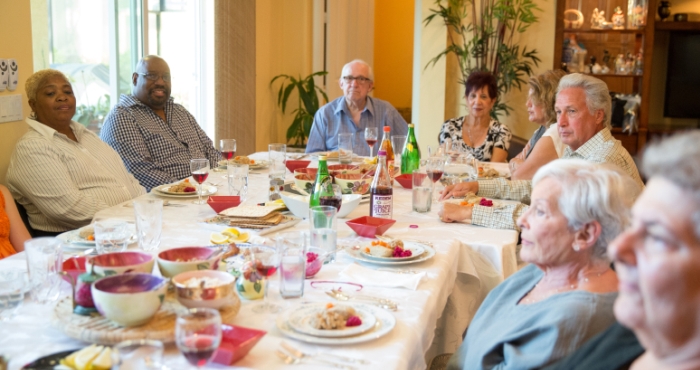
Passover is the most widely celebrated Jewish holiday in North America. What makes Passover appealing to so many of us? Is it the fact that Passover is a home-based holiday, which offers an opportunity for family and friends to gather around the seder table, recalling past memories and creating new ones? Or is it that the core themes of slavery and liberation still resonate so deeply within us that we want to retell the story of Passover again and again each year? From our elaborate holiday preparations through the seder rituals and beyond, the timeless Jewish traditions of Passover have been transformed and enhanced by feminist contributions to Jewish ritual. Seder tables around the world feature new interpretations and practices that give life to the ancient, resonant themes of this powerful holiday. A rich palate of creative readings enlivens the ancient text of the haggadah. The orange on the seder plate, once solely a symbol of gay and lesbian liberation, is now often used to highlight the role of women in Jewish life as well. Miriam’s cup joins Elijah’s on our seder tables, reminding us of the importance of women’s leadership and initiative, of the power of song and dance, and of the living waters that—in Miriam’s honor—sustained us in our desert wanderings.
Special situations at the seder, particularly interfaith issues and small children
Ideas for incorporating charitable giving into your home seder
A summary of facts, rituals, and customs pertaining to the month of Nisan
A seder intended for the eve of the Intermediate Sabbath of Passover when Jews traditionally chant or recite the Song of Songs.
Join us for a special event with the acclaimed writer to learn, write and ask your questions.
Great for devoted readers, seasoned writers and those interested in storytelling!
Subscribe for the latest rituals, online learning opportunities, and unique Judaica finds from our store.